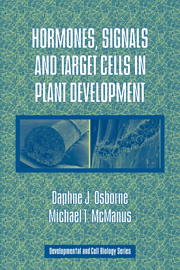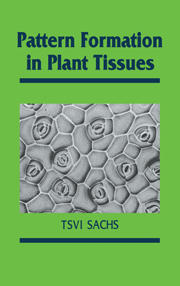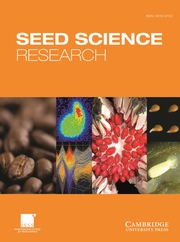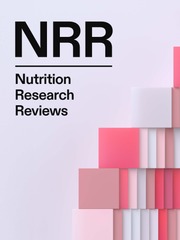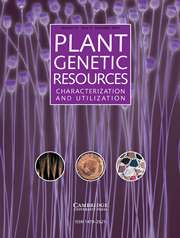Hormones, Signals and Target Cells in Plant Development
Meristematic cells in plants become the many different types of cells found in a mature plant. This is achieved by a selective response to chemical signals both from neighbouring cells and distant tissues. It is these responses that shape the plant, its time of flowering, the sex of its flowers, its length of survival or progress to senescence and death. How do plants achieve this? This treatise addresses this question using well-chosen examples to illustrate the concept of target cells. The authors discuss how each cell has the ability to discriminate between different chemical signals, determining which it will respond to and which it will ignore. The regulation of gene expression through signal perception and signal transduction is at the core of this selectivity and the Target Cell concept. This volume will serve as a valuable reference for all researchers working in the field of plant developmental biology.
- Offers a conceptual framework to describe plant development
- Considers target cells in plants directly
- Distils and presents the most recent findings on the molecular biology of plant hormone perception and signal transduction
Reviews & endorsements
"The book displays very deep knowledge of a subject that has dodged the scientific community for many years. This is a timely book that brings in a new way to look at old ideas. I highly recommend this text to researchers in fields of plant developmental physiology."
Plant Science Bulletin
Product details
March 2011Paperback
9780521177450
268 pages
229 × 152 × 15 mm
0.4kg
Available
Table of Contents
- Preface
- 1. Introduction
- 2. Hormones and signals
- 3. Cell-to-cell signalling - long distance and short distance
- 4. Population diversity of cell types and target identification in higher plants
- 5. Flexibility of cell types and the target cell status
- 6. Terminally committed cell types and the target status
- 7. The mechanisms of target cell perception and response to specific signals
- 8. Hormone action and the relief of repression
- 9. The phenomenon of hormonal crosstalk
- References.

